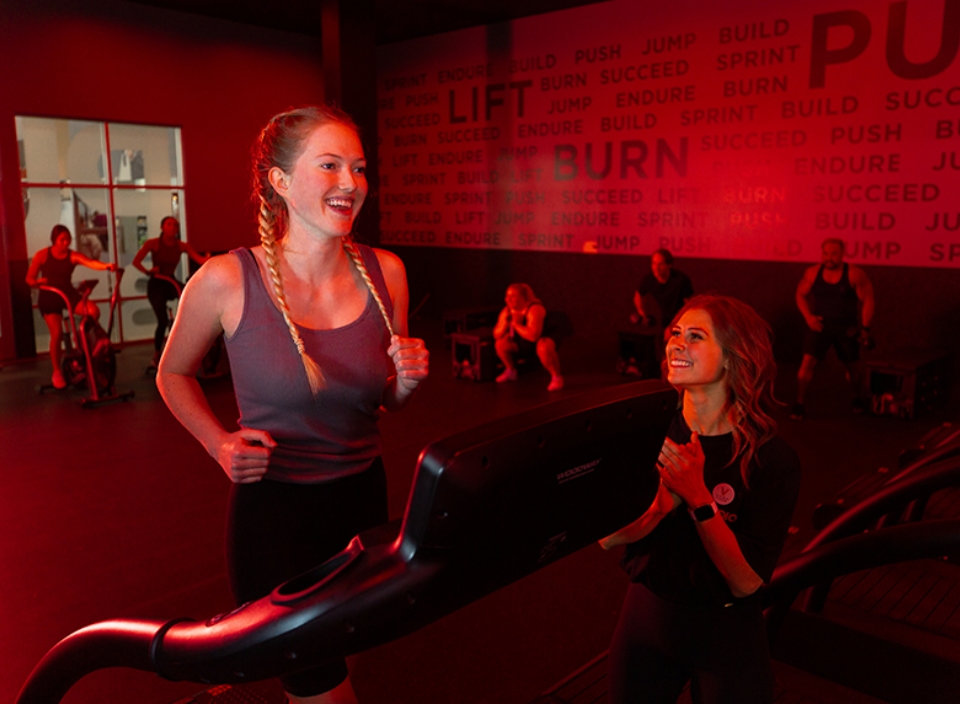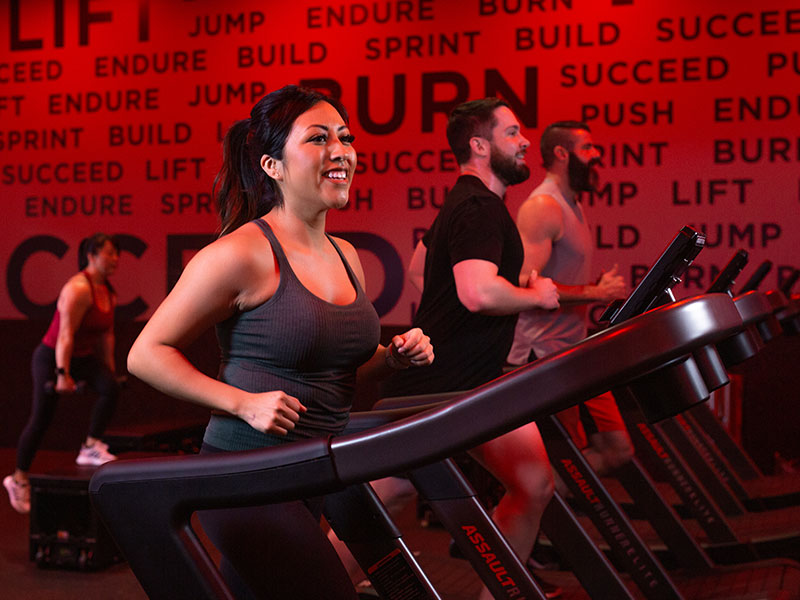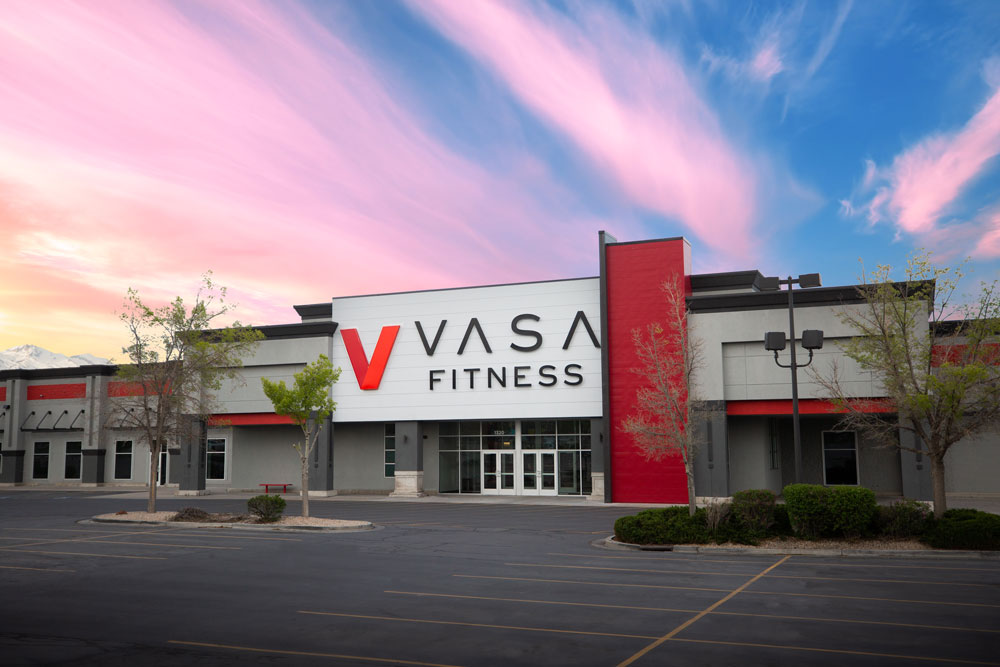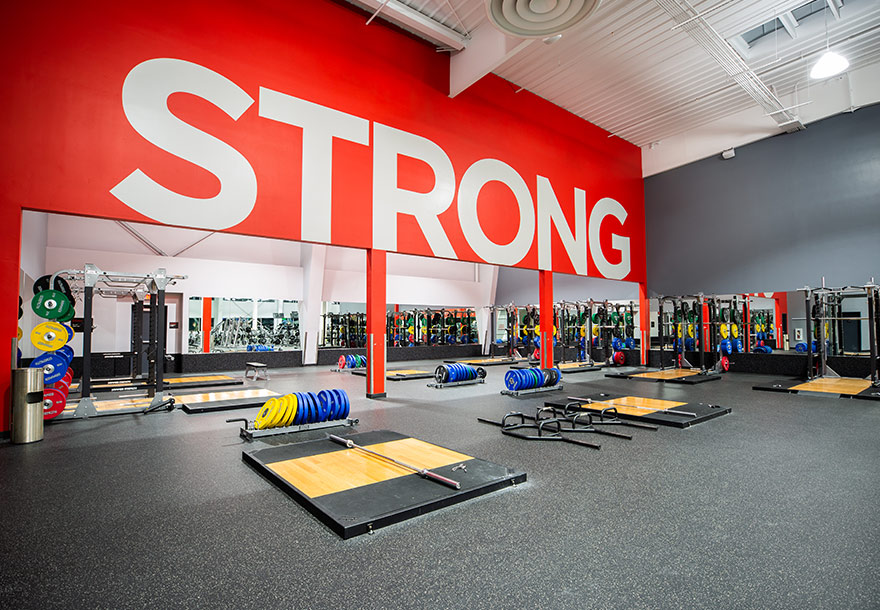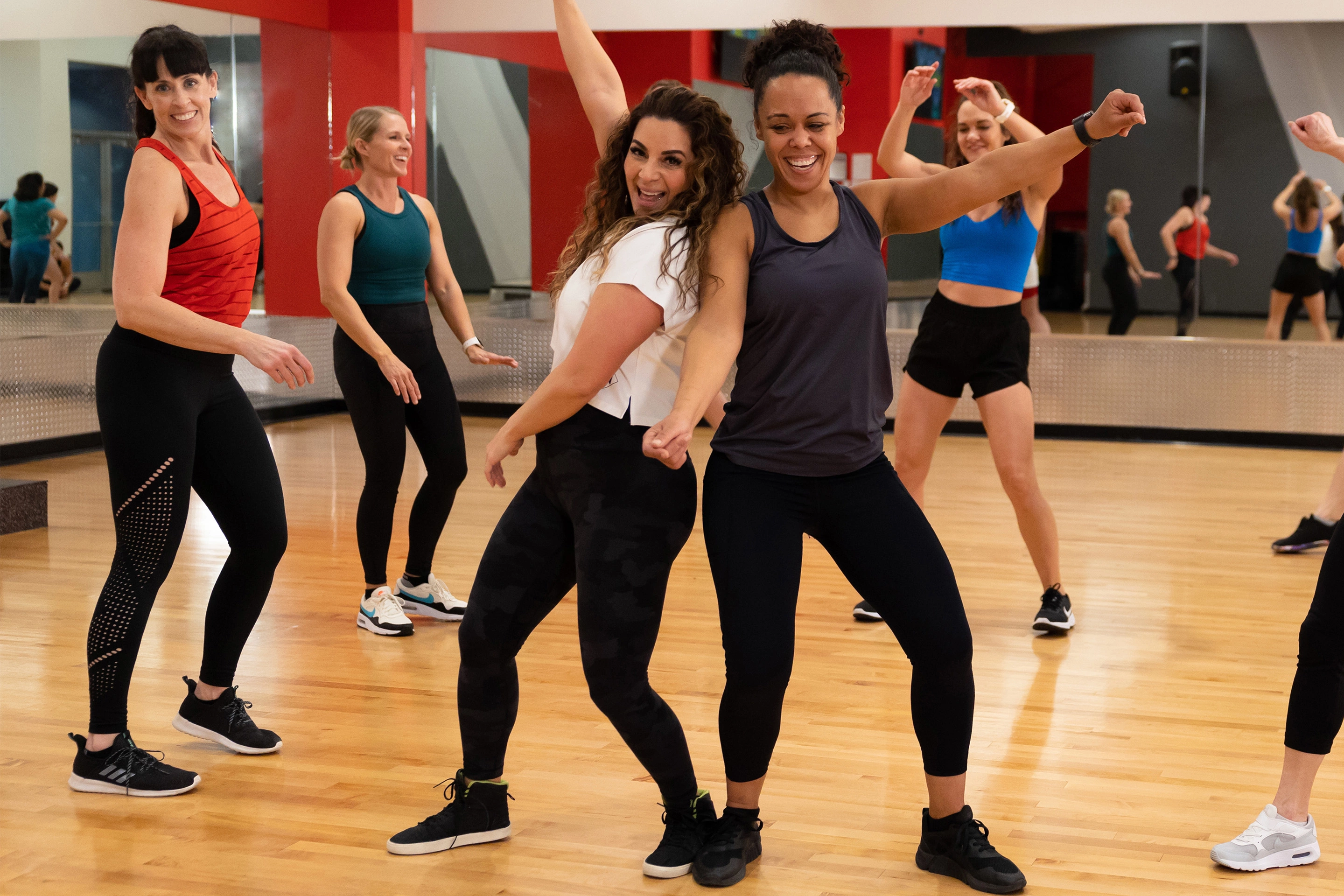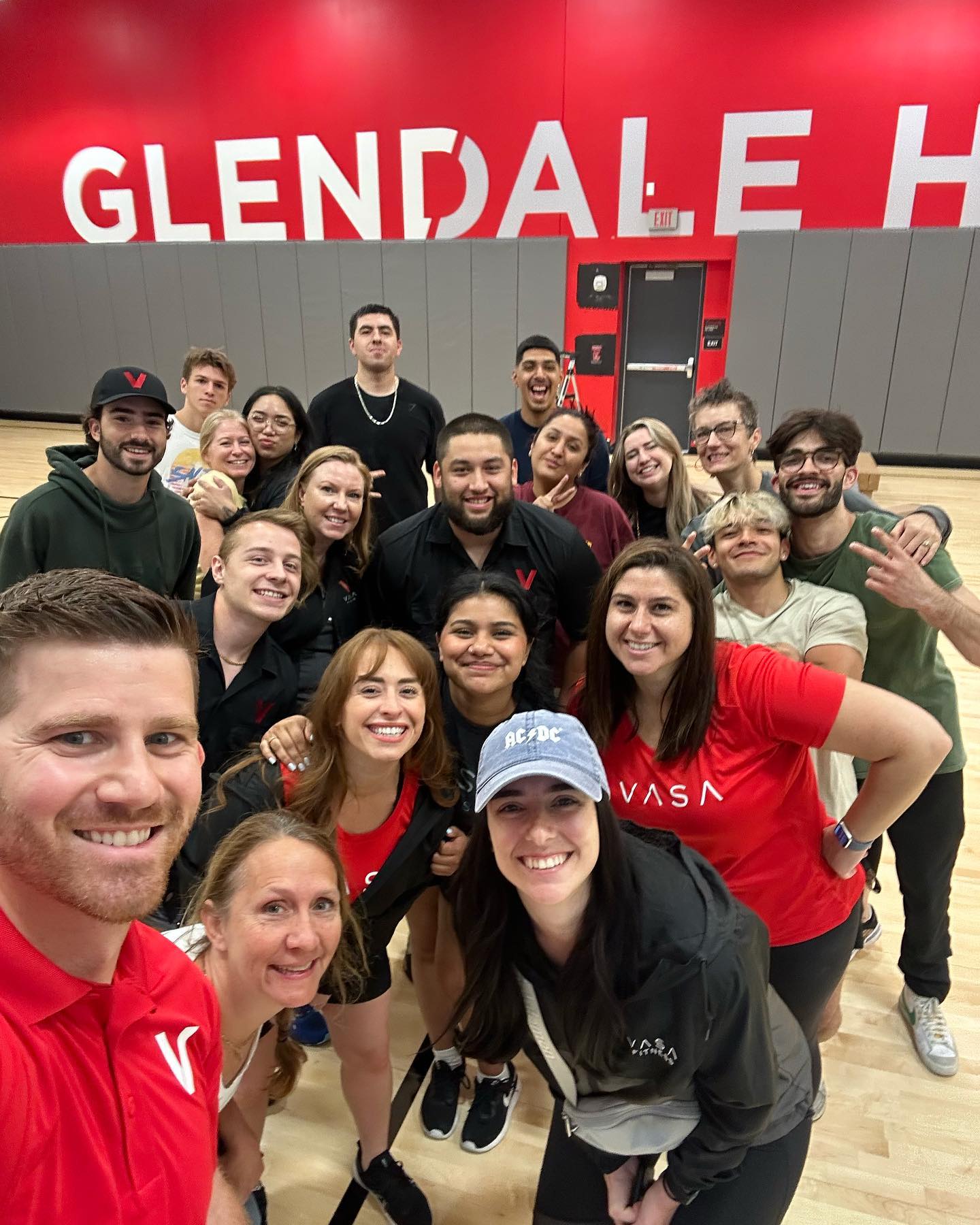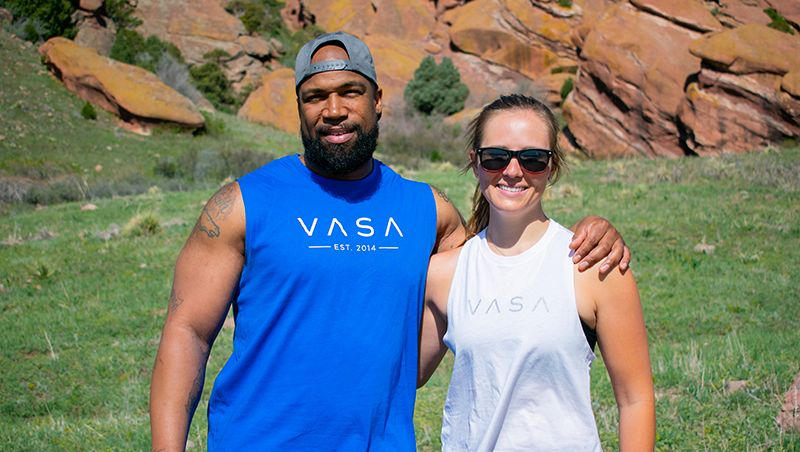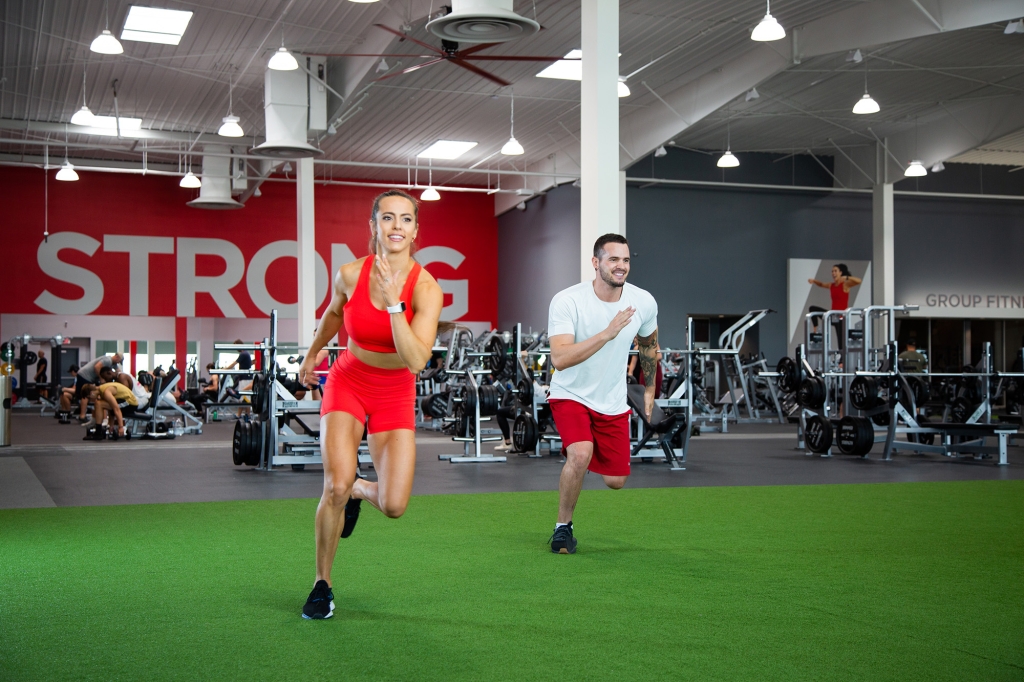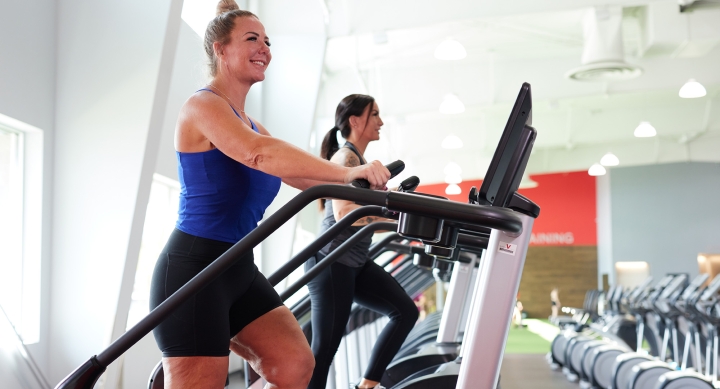There is a lot of debate around the best way to get results out of your training. “Strength is king” or “cardio is hard, yo” tend to be the two sides gym goers fall into when trying to reach their goals. Strength workouts focus on increasing muscle mass by using free weights and/or machines, whereas HIIT (high-intensity interval training) focuses on training the cardiovascular system by using bursts of work followed by a rest period.
If weight loss is the goal, HIIT is great at burning calories during and slightly after the workout, but strength workouts have a long-term burn effect because the body has to spend more energy repairing itself in the days following a tough workout. While each type of workout has its pros and cons, combining the two will have the best overall effect on weight loss and your overall health & function.
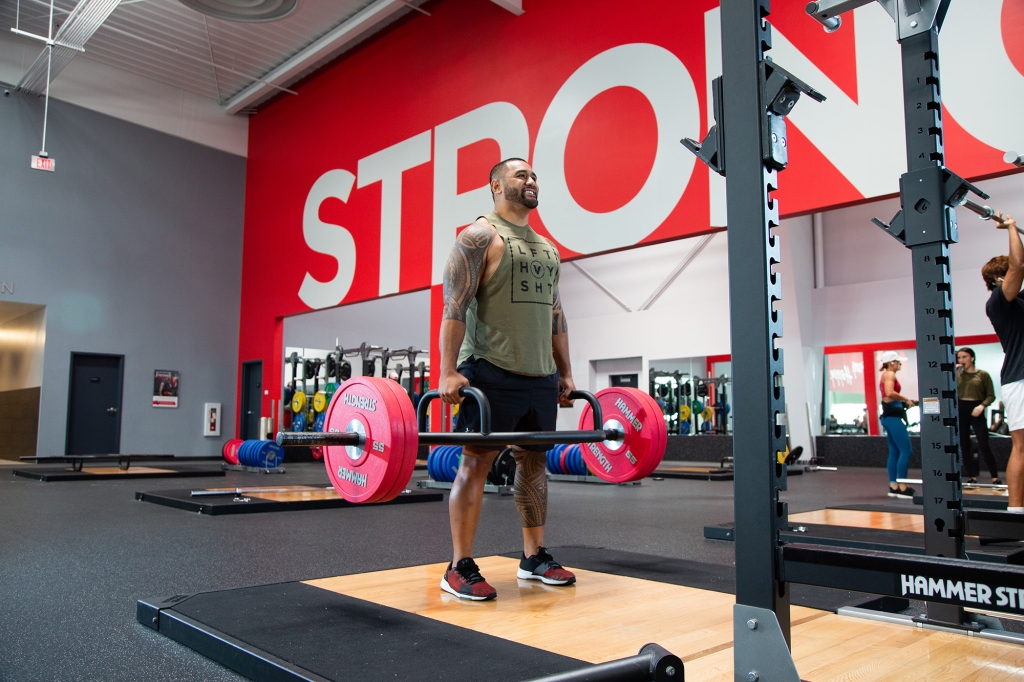
STRENGTH
TIME
Planning your workouts in advance helps to keep your strength training time efficient. Many gym goers spend time wandering the gym floor trying to figure out what to do next. Creating a plan that hits all your movement patterns (squat, hip hinge, lunge, push, pull) several times per week will allow you skip the gym wander and get right to work.
Strength resistance training can range anywhere from 25 minutes to 75 minutes, depending on how many exercises are chosen and the rest time between working sets. For pure strength (1-6 reps per set), a rest time of two to four minutes is required for the best results. If you’re focused on muscular endurance or hypertrophy, complete 12+ reps for at least six sets and rest 30-90 seconds between sets. Also consider how you’re splitting up your strength training: upper/lower body splits, body part splits, full body training, etc. Spread the workouts over the course of a week. The more workouts done throughout the week, the shorter they can be!
EQUIPMENT
There are various kinds of equipment you can use for strength training. Bodyweight training is great for beginners or when you’re working on perfecting form, but it can quickly become too easy. Resistance training typically involves using dumbbells, barbells, cable stacks, pin-selected weight machines, and other functional training tools. Before you plan your workout, walk the gym floor to understand the equipment your gym offers. You might need to be a bit flexible during your workout in case other gym members are using equipment you wanted for your next set.
FOCUS & RESULTS
When training for strength, the focus is just that—strength. Challenging muscles over time with increasing intensity for lower reps leads to muscle growth and overall improvements in coordination. While there is no one thing that will prevent all injuries, resistance training does a great job of preparing the body for the unexpected stress, usually the culprit of acute injuries.
HIIT
TIME
Most HIIT workouts range from 20 to 30 minutes but can be extended to 45 minutes for more advanced exercisers. Your timed intervals of work (heart rate at 80% or more of your maximum) and rest (heart rate between 60% to 70% of your max) can also vary. Longer work intervals require longer rest intervals. Shorter work intervals allow for more total rounds of work to be done in the same amount of time. A good rule of thumb for work-to-rest ratios is 1:3-5, meaning for every one minute of work, spend three to five minutes recovering before starting the next interval, this will help you maximize your work output. Since the goal of a great HIIT is to keep your body moving between periods of intense work and active recovery, planning out your workouts in advance not only helps fend off the dreaded gym wander, but it’s essential to a successful HIIT session—make sure you determine all the equipment (if any) you’ll need to complete your workout before you start.
EQUIPMENT
HIIT Equipment can vary: the determining factors are going to be what’s available and your fitness level. HIIT can include dumbbells, kettlebells, ropes, treadmills, bikes, and many other pieces of small and large equipment found on the gym floor, making it a good choice if you enjoy variety. And opposed to the difficulty strength training at home or in a hotel poses when it comes to equipment access, HIIT is great for traveling—bodyweight exercises can be made challenging enough without any equipment.
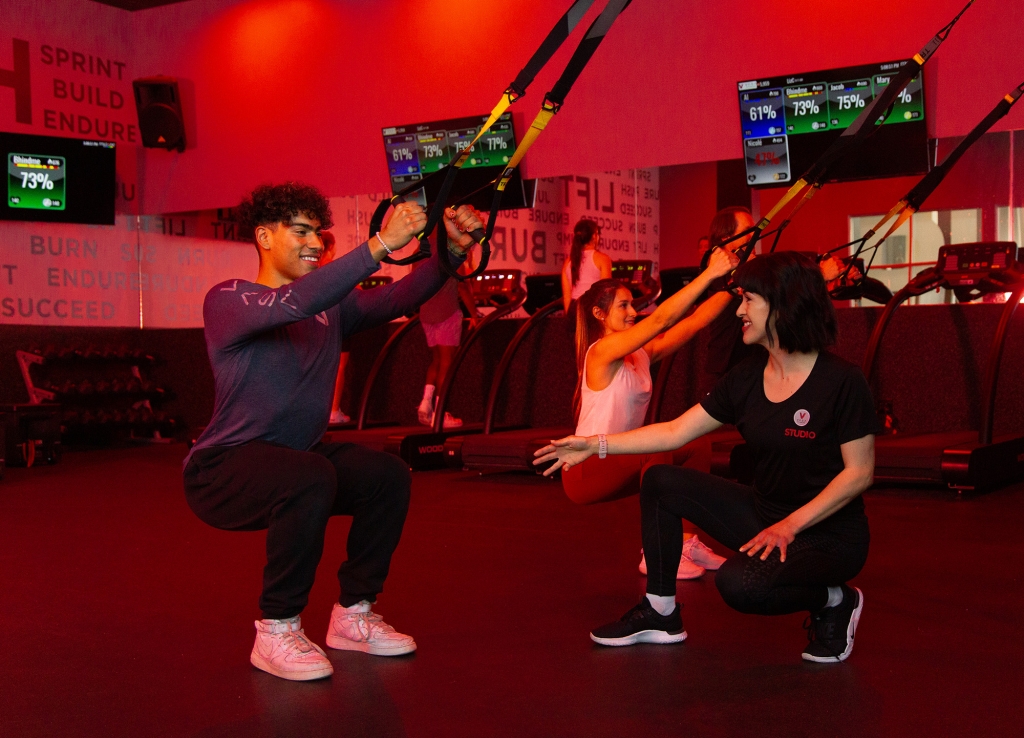
FOCUS & RESULTS
HIIT improves the cardiovascular system and its ability to recover from high heart rates quickly. The side effects of HIIT workouts include a massive calorie burn and muscular endurance (due to the high-rep nature of most HIIT workouts). However, doing HIIT workouts seven days a week is not recommended; aim for three to four days per week and mix in days for recovery and strength training. Mixing up your workouts and doing different exercises will help your prevent plateaus and injuries.
MAINTAIN BALANCE
While there are usually minimal drawbacks to moving your body, sticking with one type of training can often lead to plateaus or stalls in progress. For the average adult, having a baseline of strength, cardiovascular capacity, power, and mobility should be the ultimate goal. Even as your goals become more specific and specialized, well-rounded fitness is still important.
Strength training two to four times each week has been shown to improve metabolism, body composition, muscle size/definition, and overall function. You can do full body lifting sessions, upper and lower body days, or even split the body into specific parts.
Cardiovascular capacity is affected by several different types of training, with two of the more important ways of training this system being HIIT and Zone 2—steady state—cardio. Zone 2 cardio should be done at a pace that gets your heart rate between 60-70% of your estimated max heart rate. Maintaining this heart rate zone will help improve your body’s ability to recover from hard work done during a HIIT or strength training workout. While HIIT training is efficient, it also puts a lot of strain on the central nervous system. Working at high intensities is great for burning calories, but it should be followed by a day of lower intensity work to allow the body to recover so you can continue to push hard in the next workout. Low intensity work, including NEAT (non-exercise activity), helps your central nervous system and muscles recover.
TRAINING SCHEDULE
Laying out a schedule that combines strength training and HIIT will help you achieve well-rounded fitness.
- Monday: Full Body Strength
- Tuesday: Treadmill HIIT
- Wednesday: Full Body Strength
- Thursday: Mobility & Zone 2 Cardio
- Friday: Full Body Strength
- Saturday: Bodyweight HIIT
- Sunday: Rest Day or Light Activity (outside of the gym, weather permitting)
The best way to achieve your goals is to incorporate a combination of HIIT and strength training. Focus on maximizing both efforts so you become strong and can recover from workouts faster. VASA offers options for both strength and HIIT-style workouts. Check out our STRONG performance lifting and free weights areas, as well as our strength-based group fitness classes like Pump. STUDIO RED is an excellent (and fun!) HIIT class—but you can also create your own workout using one of our various pieces of cardio equipment. If you have specific goals you want to reach, working out with a Personal Trainer will help keep you focused so you reach your goals quickly and injury-free.
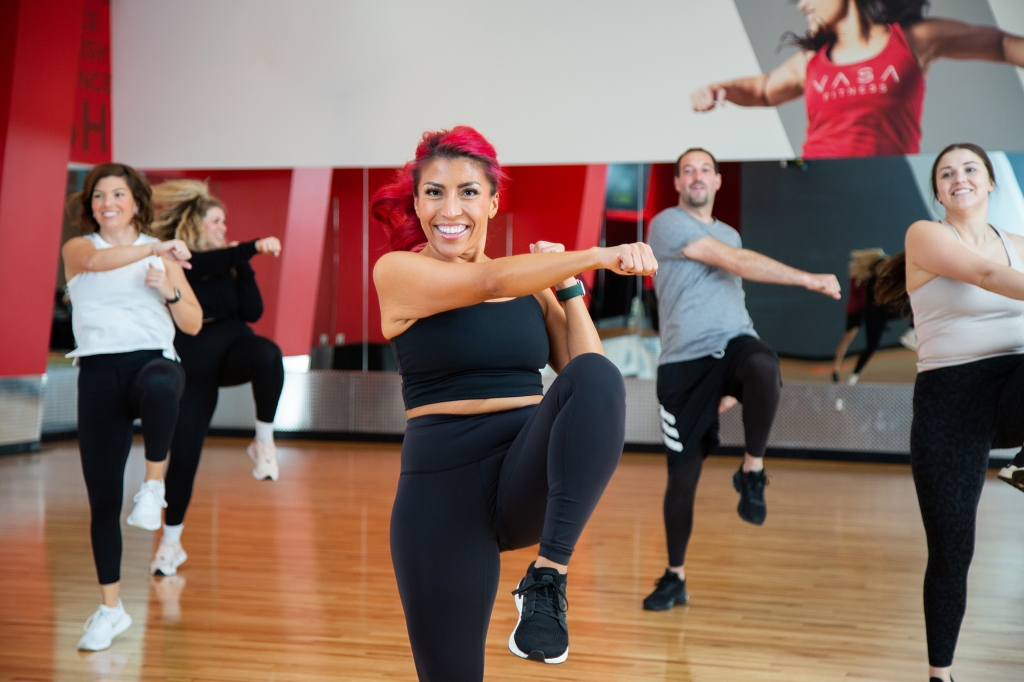
SUBSCRIBE TO OUR BLOG
Enter your email to start receiving our blog emails!
